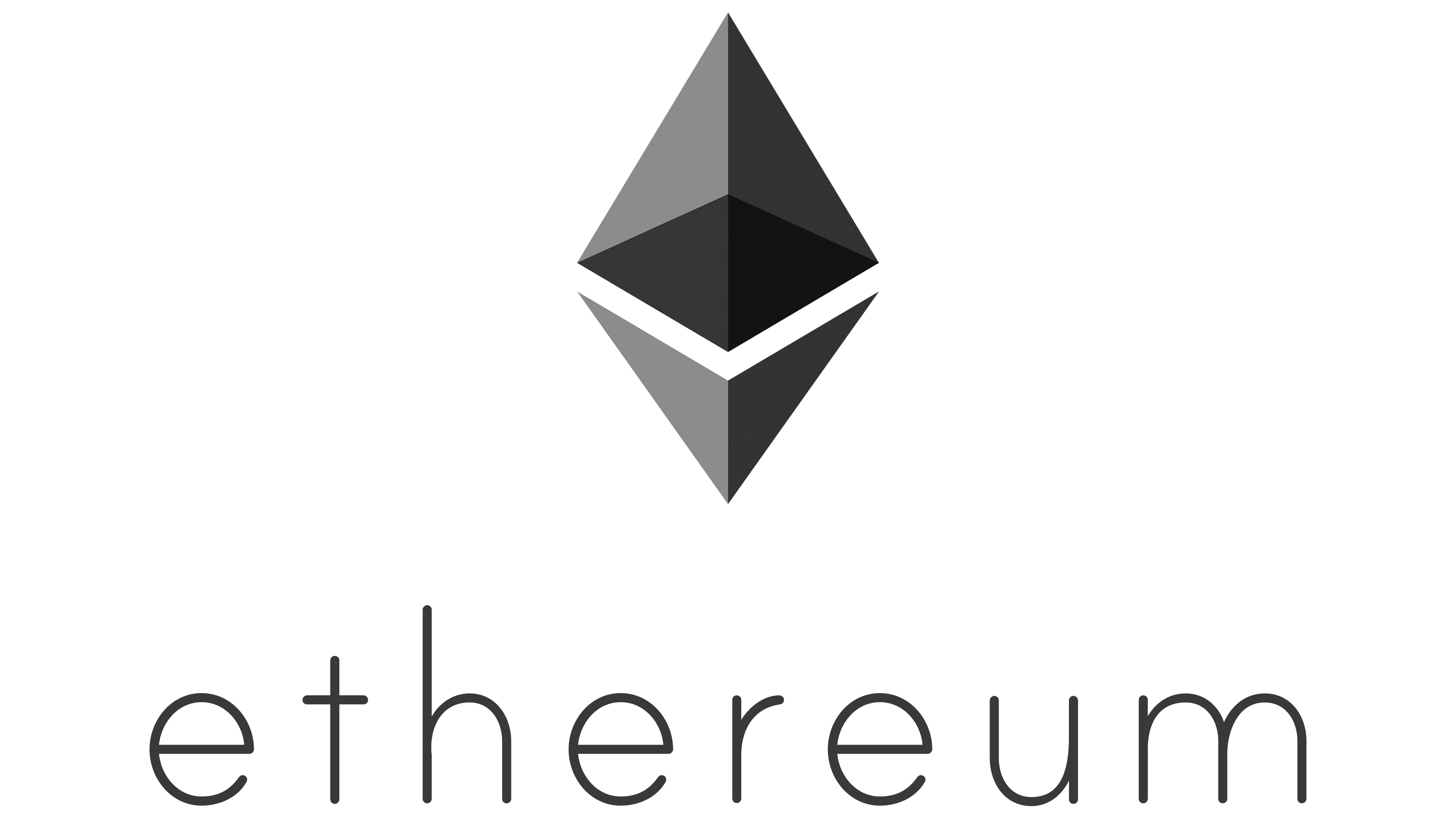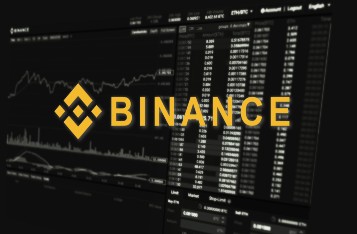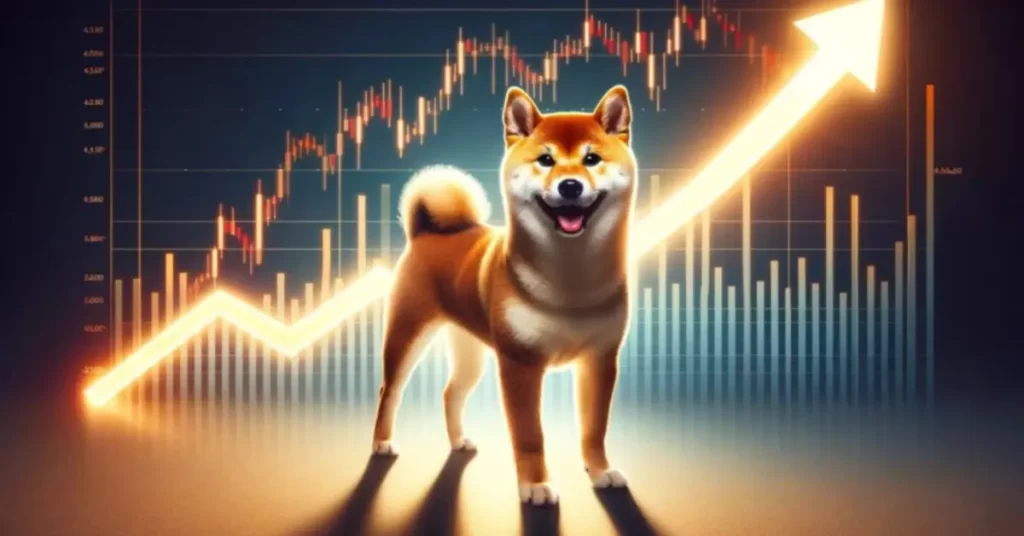It has been some time since crypto was slowly but surely introduced into our lives. With so many cryptocurrencies available, each one has something special or certain features that make it worth considering when building your crypto portfolio.
Part of these special features is the fact that major cryptocurrency projects leverage coin burning to either manage inflation, create scarcity, or reward token holders.
In this article, we’ll explore what burning crypto is, why projects practice token burning, how the process works, and some of the top projects that have integrated token burning into their strategies.
Table of contents
What Is Burning Crypto?Why Do Projects Practice Token Burning?1. Control Inflation2. Increase Token Value3. Reward Holders4. Attract New Investors5. Boost Investor ConfidenceHow Does Burning Tokens Work?Types of Crypto BurningTop Project with Crypto Burning1. Binance (BNB)2. Stellar (XLM)3. Shiba Inu (SHIB)4. Ethereum (ETH)FAQWhat happens when crypto is burnt?Why is token burning important?Does crypto go up after a burn?Can burned crypto be recovered?What are the disadvantages of burning tokens?In ConclusionWhat Is Burning Crypto?
Burning crypto refers to intentionally destroying a certain number of tokens to remove them from the circulating supply permanently. To accomplish this, the tokens are sent to a burn address, which is a wallet address with no private key, meaning no one can retrieve or access these tokens ever again. Effectively, the tokens are locked away forever and are no longer part of the active supply.
Burning tokens is similar to stock buybacks in traditional financial markets, where companies buy back their shares from the open market to reduce the number of shares in circulation. Like buybacks, burning tokens aim to increase the remaining supply’s value by reducing the available quantity. This scarcity, in turn, can lead to an increase in token value as the supply lowers and the demand is likely to increase.
Why Do Projects Practice Token Burning?
There are several reasons why cryptocurrency projects may burn tokens, each with its own benefits. Some of the most popular reasons are:
1. Control Inflation
Cryptocurrency projects, like fiat currencies, can suffer from inflation if their supply is too large. By regularly burning tokens, they can effectively implement a deflationary mechanism to manage the total token supply.
2. Increase Token Value
A key reason for burning crypto is to increase the token price. Reducing the overall supply through burning creates scarcity, which can drive up demand and increase the value of the remaining tokens. This is particularly useful in crypto projects where the token’s price is a crucial factor for adoption and success (so, basically, in most cases).
3. Reward Holders
Token burns can serve as a reward mechanism for dedicated holders. By reducing the supply, the price of the token could rise, benefiting those who continue to hold onto their tokens for longer periods. This can be seen as a way of rewarding token holders for their loyalty to the project.
4. Attract New Investors
Burning tokens can be considered a marketing strategy to attract more investors. The idea of a reduced token supply combined with the potential for price increases can attract new investors to the project.
5. Boost Investor Confidence
Token burning can also be seen as a commitment to long-term value growth. By reducing the circulating supply, projects demonstrate a commitment to increasing value for token holders. This can reassure investors that the project is trustworthy and actually plans to progress and keep its users close rather than suddenly disappearing.
How Does Burning Tokens Work?
Burning crypto is pretty straightforward, yet it can have significant effects on the ecosystem.
The main idea is that tokens are sent to a burn address. It is a wallet address that is impossible to recover or access because it does not have a private key. Once the tokens are sent to this address, they are removed from the circulating supply for good.
Every coin burn is recorded on the network where it occurred. Because the blockchain is a public, immutable ledger, anyone can verify the token burn and see how many tokens were destroyed. This transparency helps maintain trust in the process, as the entire crypto community can see that the burn occurred.
Types of Crypto Burning
Crypto projects can use various token-burning mechanisms. Some burns happen manually, where the team behind the project decides when and how many tokens to burn. So, let’s discover the most widely used types of crypto-burning mechanisms.
1. Manual Burns – They are initiated by the project team when they consider them suitable. A notable example is Binance’s quarterly BNB burns, where a set number of tokens are burned based on the exchange’s quarterly trading volume;
2. Automated Burns – Some projects have token-burning mechanisms introduced into their code, so the burns occur automatically. This helps ensure a continuous decrease in the token supply without requiring manual intervention, making everything clearer and smoother;
3. PoB (Proof of Burn) – Some projects use a consensus mechanism called Proof of Burn, in which miners must burn coins to earn the right to mine new blocks. This process incentivizes long-term participation in the network and reduces the overall supply;
Top Project with Crypto Burning
1. Binance (BNB)

Binance is one of the largest cryptocurrency exchanges globally, and it regularly burns its native token, Binance Coin (BNB).
Binance conducts quarterly burns based on the trading volume on its platform.
The goal is to gradually reduce BNB’s total supply to increase its demand and, therefore, its price. This mechanism has contributed to a steady rise in BNB’s value, making it one of the most successful crypto tokens in the market.
2. Stellar (XLM)

The Stellar Foundation made headlines in 2019 when it burned 55 billion XLM tokens, effectively reducing over half of its total supply.
This drastic move was made to streamline operations and eliminate excess tokens that were not needed. It was seen as a significant step toward improving the project’s long-term sustainability.
3. Shiba Inu (SHIB)

Shiba Inu (SHIB) has embraced a community-driven burning mechanism. The SHIB community is encouraged to voluntarily burn their tokens to reduce the supply and help increase the value of the remaining tokens. Over time, these small individual burns have contributed to a more balanced supply of SHIB tokens. This surely contributes to Shiba Inu being one of the top meme coins every year.
4. Ethereum (ETH)

Following the Ethereum EIP-1559 upgrade in August 2021, Ethereum introduced a burning mechanism for transaction fees. With every transaction, a certain percentage of the transaction fee is burned, permanently reducing the supply of Ether (ETH). This has introduced a deflationary model for Ethereum’s supply, which can help sustain long-term price appreciation.
FAQ
What happens when crypto is burnt?
Burning crypto means permanently removing a certain number of tokens from circulation, effectively reducing the total circulating supply.
Why is token burning important?
Token burning is essential when a project wants to control the supply and demand for its tokens. This can contribute to the long-term success of a certain cryptocurrency while also focusing on maintaining transparency in front of its users.
Does crypto go up after a burn?
In most cases, a certain token can go up after going through a burning process. This happens because the supply is reduced, making the tokens scarcer.
Can burned crypto be recovered?
No, the burnt tokens will never be available again. They are stored in a burn wallet that has no private key and will never be accessed.
What are the disadvantages of burning tokens?
Token burning can reduce the liquidity of the burnt tokens. Besides, it can create some issues when it comes to token distribution and ownership.
In Conclusion
Token burning has become a widely adopted practice in the crypto industry, offering projects a way to manage their supply, increase their token’s value, and prove their long-term commitment.
Whether through manual burns, automated mechanisms, or consensus models like Proof of Burn, the crypto community has embraced burning as a key strategy for sustaining token value.
The post What Does It Mean to Burn Crypto? appeared first on Coindoo.












 Bengali (Bangladesh) ·
Bengali (Bangladesh) ·  English (United States) ·
English (United States) ·